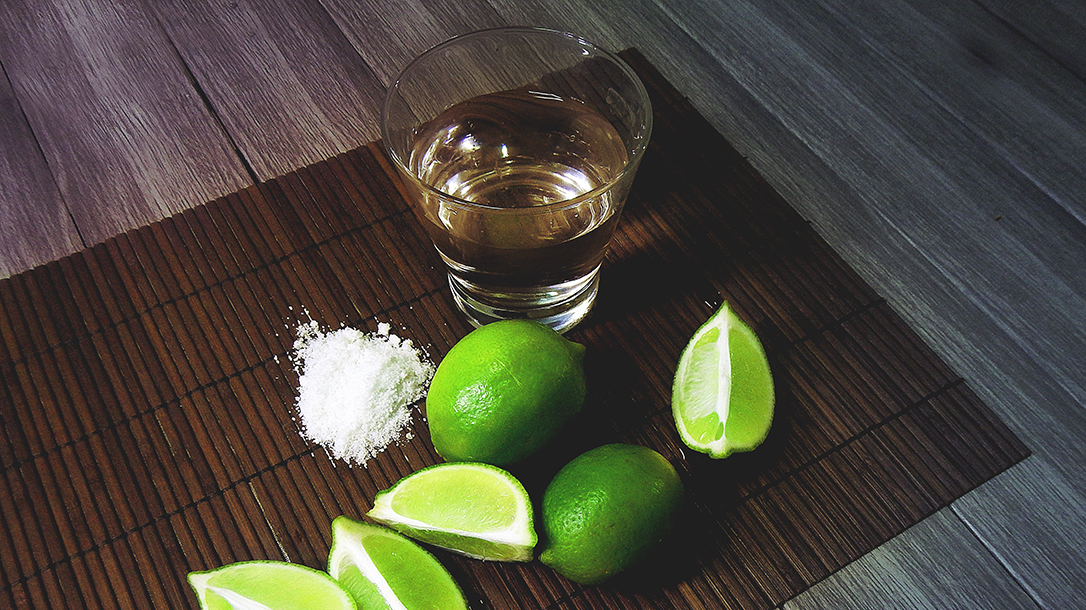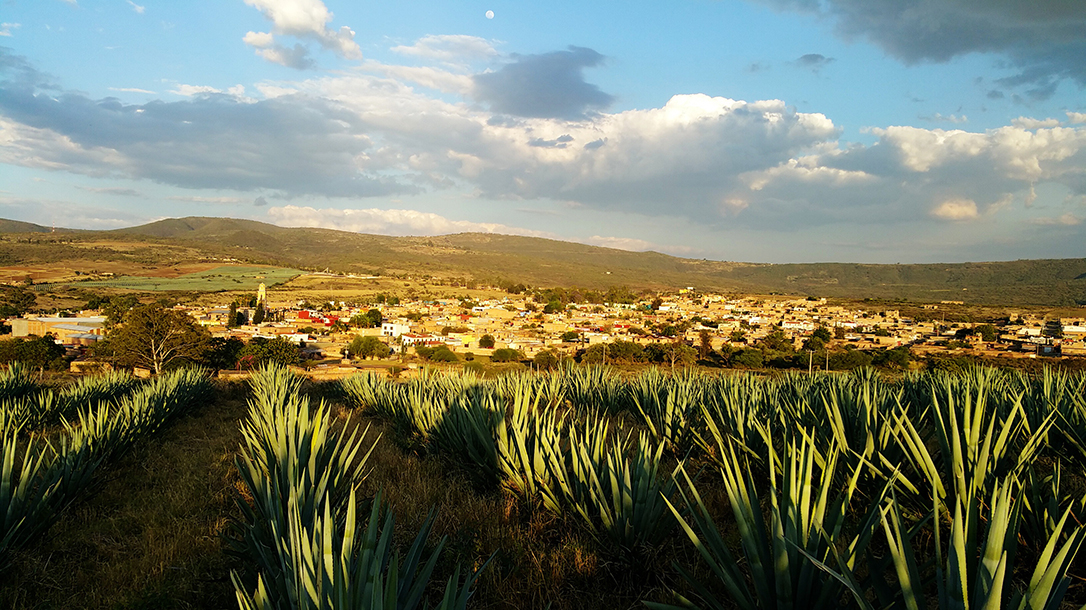Like any alcohol, tequila is the product of fermentation. In this specific case, it is made by distilling the fermented juices of the Weber blue agave plant with water. You can find the agave plant in Mexico and the Southwest. It looks a lot like a giant aloe vera plant.
The moneymaker of this plant is the large bulb that grows underground almost like a root. After years of growth, the bulb is harvested and processed by being chopped up, baked or steamed, and crushed. Eventually, it is all converted to a juice, which begins the fermentation process. In short, agave juice is the magic that makes it all happen.
Advertisement — Continue Reading Below
Recently tequila has seen a growth in popularity as higher-end versions have hit the market. While the popularity of “budget-sensitive” versions still booms, the interest in sipping-quality tequila has grown. But how can you tell what’s good? Well, let’s look at the big picture.
As with Scotch, there is a “pure” version and a mixed, or blended, version. While both can be good, those serious about their drinks generally prefer the pure version. So you have 100-percent agave tequila and what is called a “mixto,” which is blended with sugar and water during distillation. In my opinion, the 100-percent blue agave is the best there is. Mixtos can be a great base for mixed drinks, but if you want to enjoy good tequila flavor, go with 100-percent agave. To dig a little deeper and help you make a good choice, let’s look at five types of tequila.
Tequila Types
The first is the tequila that most people know: the joven or gold. These are usually unaged tequilas that are mixtos. They are usually colored and flavored along with other additives. While loved by some, these tequilas are responsible for many bad experiences.
Advertisement — Continue Reading Below
Next on the list is the blanco, or white, tequila. Sometimes called “silver” in the marketplace, these can be 100-percent pure agave or mixed. These tequilas are sometimes aged for a short period and begin to help the drinker taste the agave.
Silver tequila follows and is considered to be a great choice for mixed drinks. These tequilas are smoother than their gold cousins and are affordable bottles to keep around.
Moving up the ladder, we find the reposado, or rested, version. These tequilas are aged in wooden casks for a minimum of two months, with many aged from three to nine months. These have a mellower flavor and start to move into the “smooth” category.
Advertisement — Continue Reading Below
Entering the sipping realm now, we have the añejo, or old, tequila. These are aged tequilas that sit in oak or bourbon barrels for a year or more. These tequilas are smooth and are the Mexican equivalent to a good Scotch or bourbon. Finally, the pinnacle of tequila is the extra-añejo, or extra old. These are aged for long periods and are pure sipping pleasure.
Tipping & Sipping
For most, drinking tequila is more of a chore done via shot glass than anything else. You slam back something that immediately makes your eyes water. Then you lick salt off your hand and suck on a lemon to try to erase the violation your taste buds just survived. What follows is typically a round of high fives or fist bumps and thanking God you did not die. But please listen to me: There is much more to tequila than this.
A good tequila can be the base of a fantastic cocktail or even enjoyed neat in a glass. Choose your agave power juice correctly, and your experience will transform from a frat-house dare contest to a mature appreciation of a fine beverage.
Advertisement — Continue Reading Below
This is also the perfect time to talk about the worm at the bottom of the bottle. Yes, the legendary worm found in olden days and even in a few modern brews. The worm is actually the larva of a moth that lives in the agave plant.
The legend is that the worm is a hallucinogen, but there is no proof that this is the case. More than likely, those who claimed this were feeling the effects of drinking enough tequila to actually get to the worm in the first place.
If you wish to try it, knock yourself out, but realize that you are eating an insect to improve your buzz, and counseling might be in order.
Advertisement — Continue Reading Below
Growing Up a Bit
Tequila has started to come of age as more and more people are discovering the adult side of this drink. As they do, more companies are working to produce higher-quality offerings and the cycle continues.
Step back and see tequila as more than a dance inducer and headache fuel. If you are looking for something different, I encourage you to try a nice high-end tequila. I believe you will be pleasantly surprised at how enjoyable it is.
This article is from the summer 2018 issue of Ballistic Magazine. Grab your copy at OutdoorGroupStore.com.
Advertisement — Continue Reading Below
























